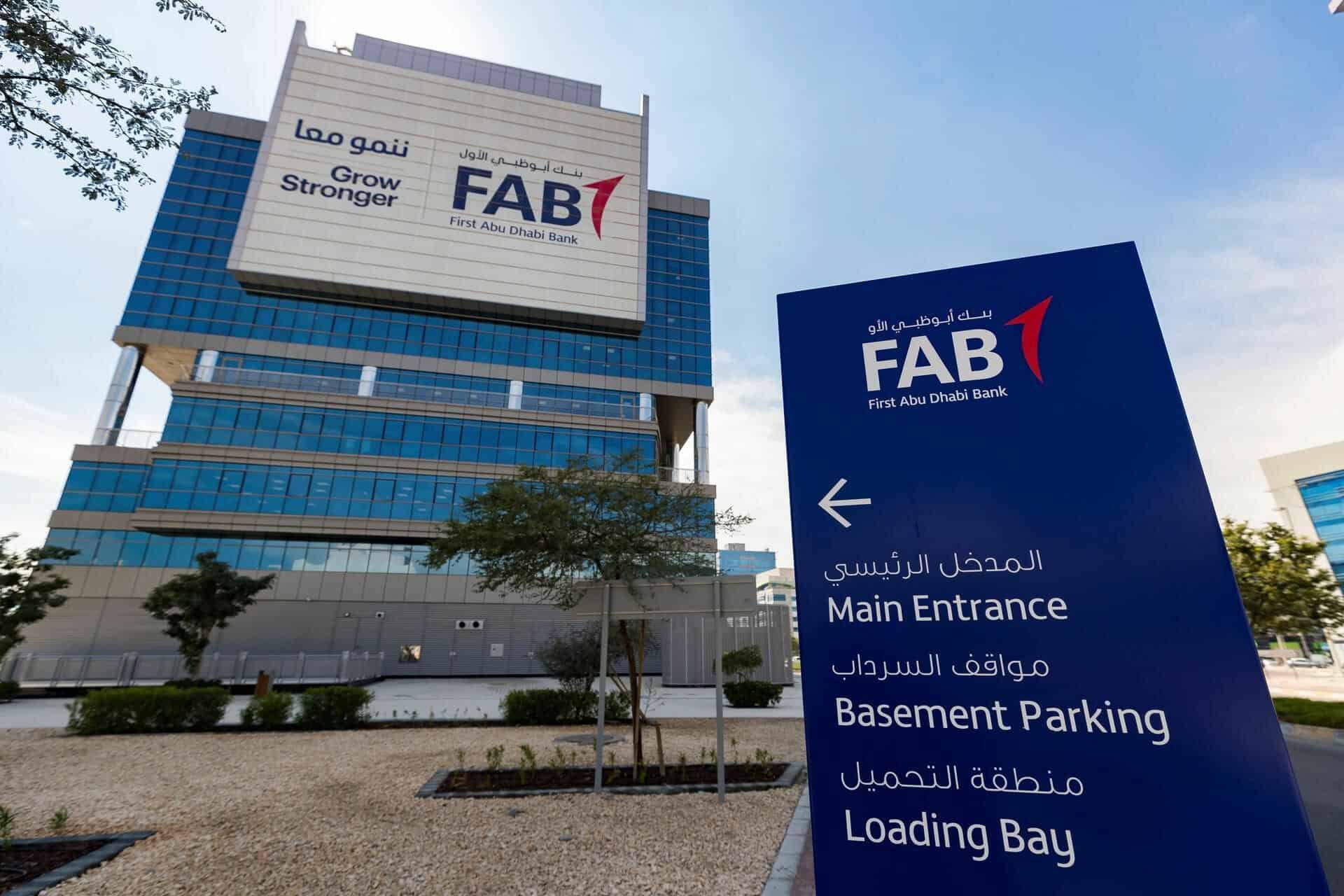Dubai, UAE – Spending on artificial intelligence in the Middle East and Africa (MEA) — including Israel — will reach $3 billion in 2023, according to the latest Worldwide Artificial Intelligence Spending Guide from International Data Corporation (IDC).
While this will account for just 2 percent of the global total for 2023 ($151.4 billion), the region will see the fastest growth rate worldwide over the coming years, with IDC forecasting that AI spending in MEA will increase at a compound annual growth rate of 29.7 percent over the 2022–2026 period, reaching $6.4 billion in 2026, IDC said in a statement.
“The rapid adoption of cloud and digital transformation in MEA will result in AI being incorporated into many different products and solutions,” says Manish Ranjan, senior program manager for software, cloud, and IT services at IDC MEA.
“Organizations across the region are investing in AI technologies and related software and services to drive greater efficiency through automation and contribute to a more agile operating environment. The effects of the pandemic have fueled further spending in relation to AI/ML adoption, particularly within the banking and finance, manufacturing, trade, healthcare, and government verticals.”
Banking, retail, and federal/central government will be the MEA region’s biggest spenders on AI in 2023, followed by discrete manufacturing. Together, these four industries will account for nearly half (44 percent) of the region’s total AI spending in 2023.
However, IDC expects professional services and transportation to be the fastest-growing industries over the five-year forecast periods, with respective CAGRs of 36.4 percent and 33.9 percent.
“AI growth in the region looks very promising as businesses are increasingly investing in AI- and analytics and business intelligence (ABI)-based solutions in order to strengthen and expand their customer experiences, build digital capabilities, and drive innovation,” says Ranjan.
He added that numerous challenges will accompany the region’s increasing adoption of AI, with the most critical being the lack of skilled resources such as data scientists, data engineers, and AI modelers.
IDC’s Worldwide Artificial Intelligence Spending Guide sizes spending for technologies that analyze, organize, access, and provide advisory services based on a range of unstructured information. It quantifies the AI opportunity by providing data for 36 use cases across 19 industries in nine regions and 32 countries. Data is also available for the related hardware, software, and services categories.








